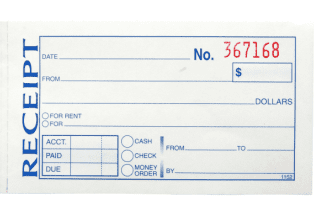Tenants Make Profit by Subletting
by Janet Portman, Inman News
Q: I rent a three-bedroom house to my tenants, a couple. A while ago, they asked if they could sublet two of the bedrooms, and assured me that they would carefully choose the tenants. The 
A: At this point, there’s not much you can do about it. You already agreed to the subtenancies without specifying how much rent would be charged and who would get it. You might try arguing that your agreement created only month-to-month subtenancies and try to revoke them with proper notice (30 days in most states). Then, insist that these newcomers become full-fledged tenants.
Because adding them creates a new tenancy for everyone, you’ll have the opportunity to raise the rent to reflect what you now think the rental is worth (having seen what other tenants are willing to pay for part of it).
At the very least, when it’s time to renew the lease, you can drop the subtenancies and insist on a regular tenancy for all.
Your colleagues in the commercial leasing world often face the same problem, and they’ve figured out a way to handle it that’s fair to all. To begin with, these landlords recognize that some tenants simply must bring in a subtenant in order to stay in business — for example, a tenant whose retail business has slowed down might need to downsize and won’t need his entire space. Instead of defaulting on the lease, that tenant could bring in a subtenant to pick up part of the rent.
Landlords realize that this arrangement is preferable to a defaulting tenant. As long as the subtenant’s rent per square foot is no more than that paid by the original tenant, the landlord is likely to have no objection.
Problems arise, however, when the tenant has managed to turn a profit on the subtenancy, bringing in more per square foot than the landlord is making. Landlords just don’t like it when someone else is using their property to make money — that’s their job!
On the other hand, they don’t want the original tenancy to fail. Here’s what they sometimes do: In the clause covering subtenancies, or as part of their agreement to allow a subtenancy, they insist that any profit made by a subleasing tenant be equally shared between the landlord and the original tenant. Smart landlords realize that this method actually works better than requiring the tenant to fork over all profits, because it gives the tenant an incentive to bring in some extra money. If the tenant has to hand over all profits, he has no reason to charge more than what he’s paying. But if he stands to share in any profit, he will set a higher rent than his own. And, for the landlord, getting part of the profit is better than getting none at all.
It will be a challenge to apply this approach to a residential rental, where tenants pay not by square footage, but by the number of bedrooms and other less quantifiable aspects. How much is each bedroom worth? If you can, find comparable one- and two-bedroom homes in the neighborhood, and see if you can put a dollar value on each bedroom. If your tenant charges only that amount, you have no quibble; but if he’s able to command a higher rent, you should reap your share of the windfall.
Janet Portman is an attorney and managing editor at Nolo. She specializes in landlord/tenant law and is co-author of “Every Landlord’s Legal Guide” and “Every Tenant’s Legal Guide.” She can be reached at [email protected].
Copyright 2010 Janet Portman
See Janet Portman’s feature, Higher Risk, Higher Deposit.
American Apartment Owners Association offers discounts on products and services for landlords related to your commercial housing investment, including real estate forms, tenant debt collection, tenant background checks, insurance and financing. Find out more at www.joinaaoa.org.
To subscribe to our blog, click here.















 Accessibility
Accessibility